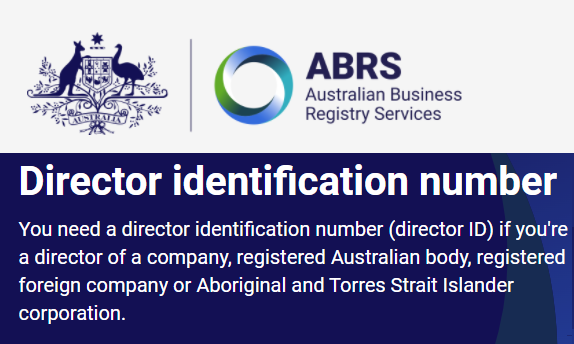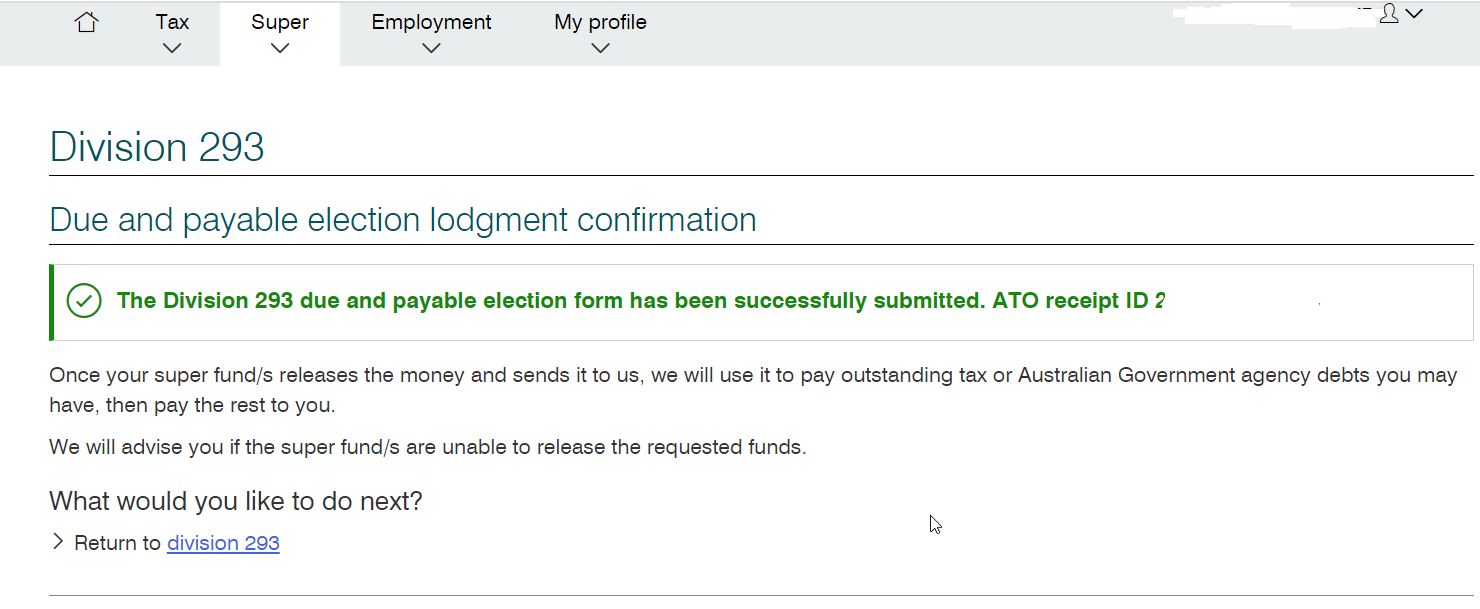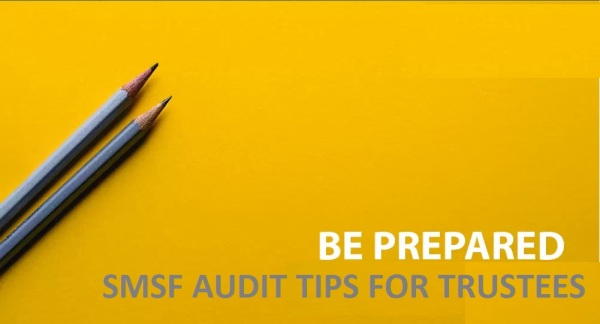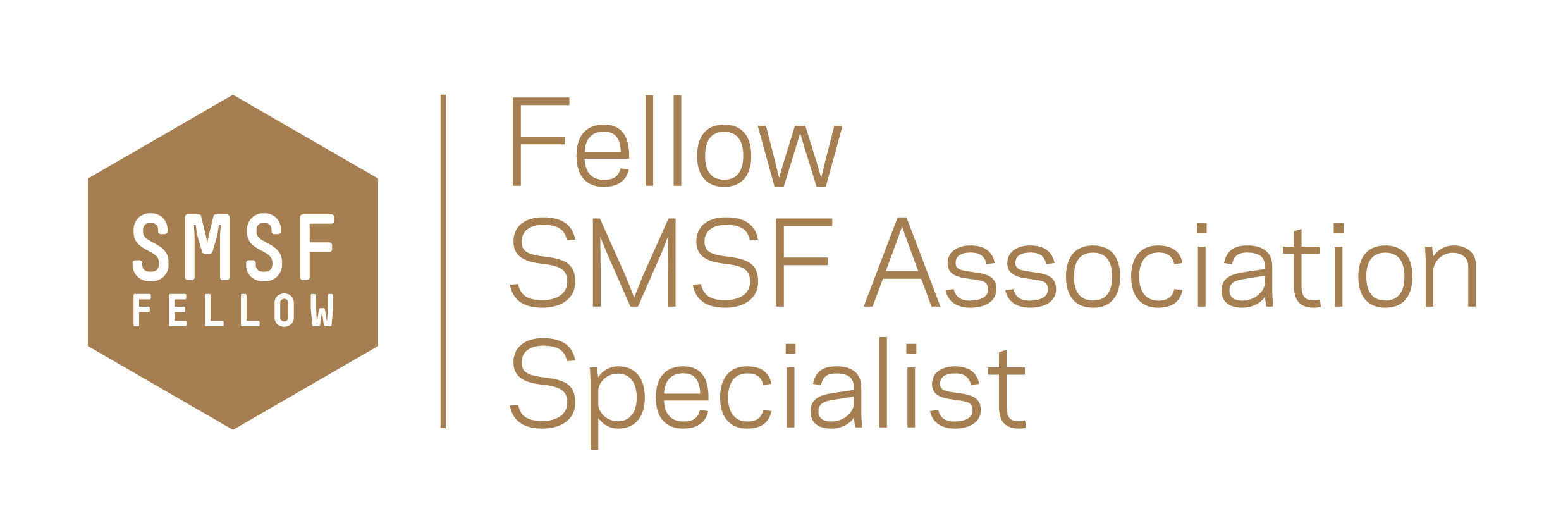
| Since November 2021 the ATO has implemented new requirements regarding director identification numbers. The following covers the key changes to be aware of. Every Accountant and SMSF Administrator is currently updating their systems to include director ID’s for their clients and will be in touch with you asking for your Director Identification Number (director ID) within the next 12 months. they can’t provide you with the number so you need to get organised and apply for yours sooner rather than later as for some the process will not be easy. What is a Director Identification Number (director ID) A director identification number (director ID) is a unique identifier you will keep forever. It will help to prevent the use of false or fraudulent director identities. How director ID works A director ID is a 15-digit identifier given to a director (or someone who intends to become a director) who has verified their identity with us. A director ID: · starts with 036, which is the 3-digit country code for Australia under International Standard ISO 3166 · ends with an 11-digit number and one ‘check’ digit for error detection. Directors need to apply for their own director ID. It’s free to apply. Directors will only ever have one director ID. They’ll keep it forever even if they: · change companies · stop being a director · change their name · move interstate or overseas. Why do you need a director ID Shareholders, employees, creditors, consumers, external administrators and regulators are entitled to know the names and certain details of the directors of a company including SMSF Trustee Companies. All directors are required by law to verify their identity with us before receiving a director ID. This is important because it will help to: · prevent the use of false or fraudulent director identities · make it easier for external administrators and regulators to trace directors’ relationships with companies over time · identify and eliminate director involvement in unlawful activity, such as illegal phoenix activity. So in the case of SMSF Corporate Trustees, each Director must apply for a director ID online from the Australian Business Registry Services (ABRS) website and will be required to log in using the myGovID app. A director must complete the application themselves and cannot instruct an authorised agent such as an accountant or financial advisor to apply for a director ID on their behalf. However, you Accountant or Financial Advisor may sit with you and guide you through the process. I did my own application on the first day just to see how the process worked but I deal with Government websites and ID requirements daily so I was well prepared and still I hit a few hurdles along the way. Additional information is available at: https://www.abrs.gov.au/director-identification-number/apply-director-identification-number Applying for a director ID is a 3 step process. Step 1 – Set up myGovID You will need a myGovID with a Standard or Strong identity strength to apply for your director ID online. If you live outside Australia and can’t get a myGovID with a Standard or Strong identity strength, you will need to apply with a paper form and provide certified copies of your identity documents. If you live in Australia and: · don’t have a myGovID, you can find information on how to download the app at How to set up myGovID . You will need a myGovID with a standard or strong identity strength using two Australian identity documents, such as: ‒ Driver’s licence or learner’s permit ‒ Passport ‒ Birth certificate ‒ Visa (using foreign passport providing still in Australia) ‒ Citizenship certificate ‒ ImmiCard ‒ Medicare card The Hurdles I have seen in setting up myGovID are where historically your name on ID documents differ from one to another or the details on government systems is wrong because of a historic mistake. So be prepared with as many forms of identity as possible  already have a myGovID, you can apply for your director ID now. already have a myGovID, you can apply for your director ID now.Step 2 – Gather your documents You will need to have some information the ATO knows about you when you apply for your director ID: · your tax file number (TFN) · your residential address as held by the ATO · information from two documents to verify your identity. Examples of the documents you can use to verify your identity include: · bank account details · an ATO notice of assessment · super account details · a dividend statement · a Centrelink payment summary · PAYG payment summary. To add to the confusion many of these documents can be found on the ATO service via your myGov account. So it’s worth having that service linked before you start the process so you can download items like Notice of Assessments etc. Step 3 – Complete your application Once you have a myGovID with a Standard or Strong identity strength, and information to verify your identity, you can log in and apply for your director ID. The application process should take less than 5 minutes. The application process could take less than 10 minutes but for some, I have spoken to, it has already taken half a day due to differences in names on documents and lack of access to supporting documents. For more information on how to apply for a director ID visit: https://www.abrs.gov.au/director-identification-number/apply-director-identification-numb Can I apply for a director ID if I cannot get a myGovID? If you can’t get a myGovID set up with a standard or strong identity strength, you can apply by phone or with a paper form. You can apply by phone if you have: ‒ An Australian TFN ‒ The information needed to verify your identity (as listed above) The phone number is 13 62 50 and is available between 8:00am and 6:00pm Monday to Friday for directors in Australia. For directors calling from overseas, the number is +61 2 6216 3440. If you can’t apply online or over the phone, you can apply using a downloadable form ‘Application for a director identification number’ (NAT 75329). This is a slower process and you will also need to provide certified copies of your documents to verify your identity. |
Looking for an adviser that will keep you up to date and provide guidance and tips like in this blog? Then why now contact me at our Castle Hill or Windsor office in Northwest Sydney to arrange a one on one consultation. Just click the Schedule Now button up on the left to find the appointment options.
Please consider passing on this article to family or friends or your tax agent! Pay it forward!
Liam Shorte B.Bus SSA™ AFP
Financial Planner & SMSF Specialist Advisor™


Tel: 02 98993693, Mobile: 0413 936 299
PO Box 6002, NORWEST NSW 2153
40/8 Victoria Ave. Castle Hill NSW 2154
Corporate Authorised Representative of Viridian Advisory Pty Ltd ABN 34 605 438 042,, AFSL 476223
This information has been prepared without taking account of your objectives, financial situation or needs. Because of this you should, before acting on this information, consider its appropriateness, having regard to your objectives, financial situation and needs. This website provides an overview or summary only and it should not be considered a comprehensive statement on any matter or relied upon as such.






















